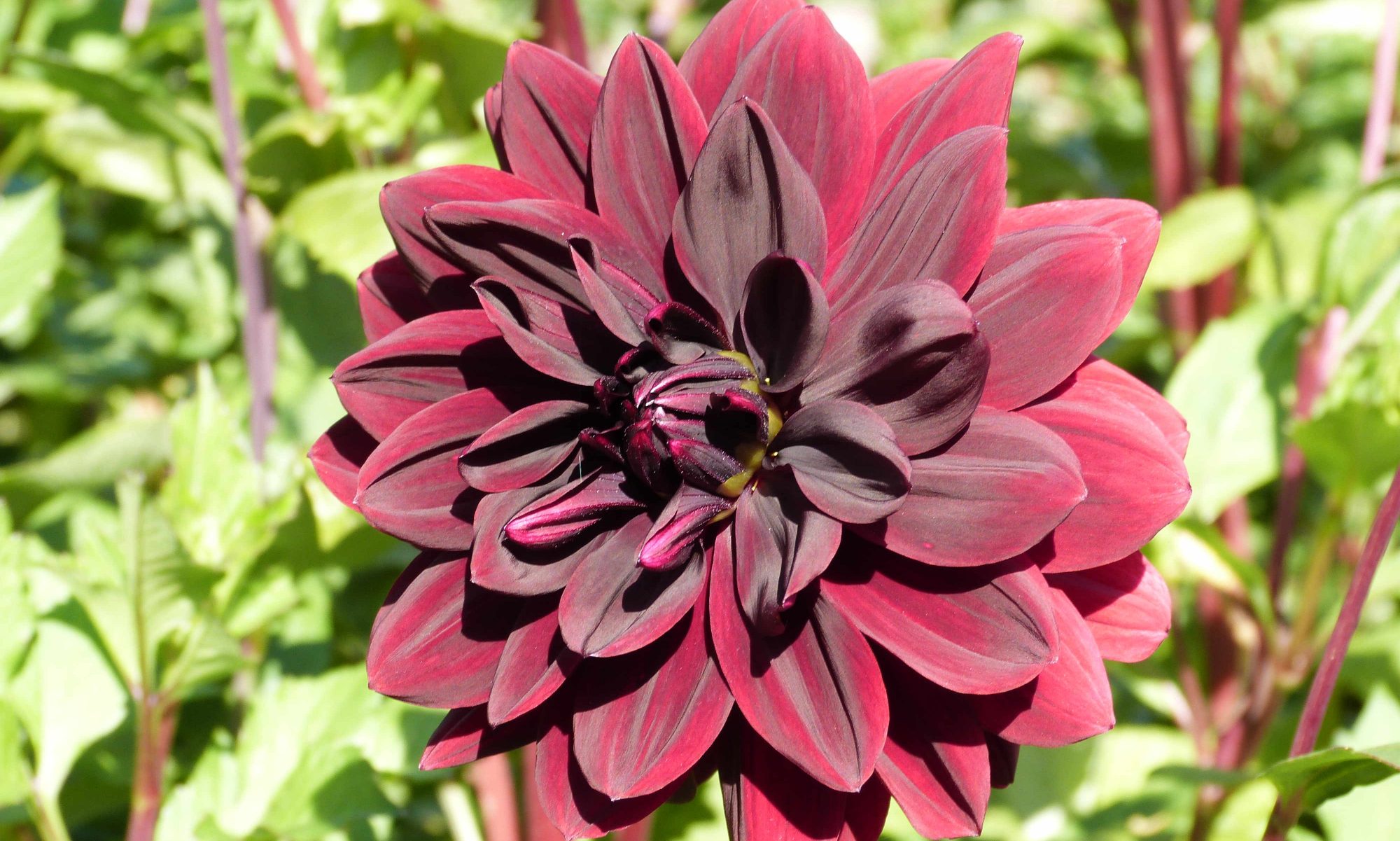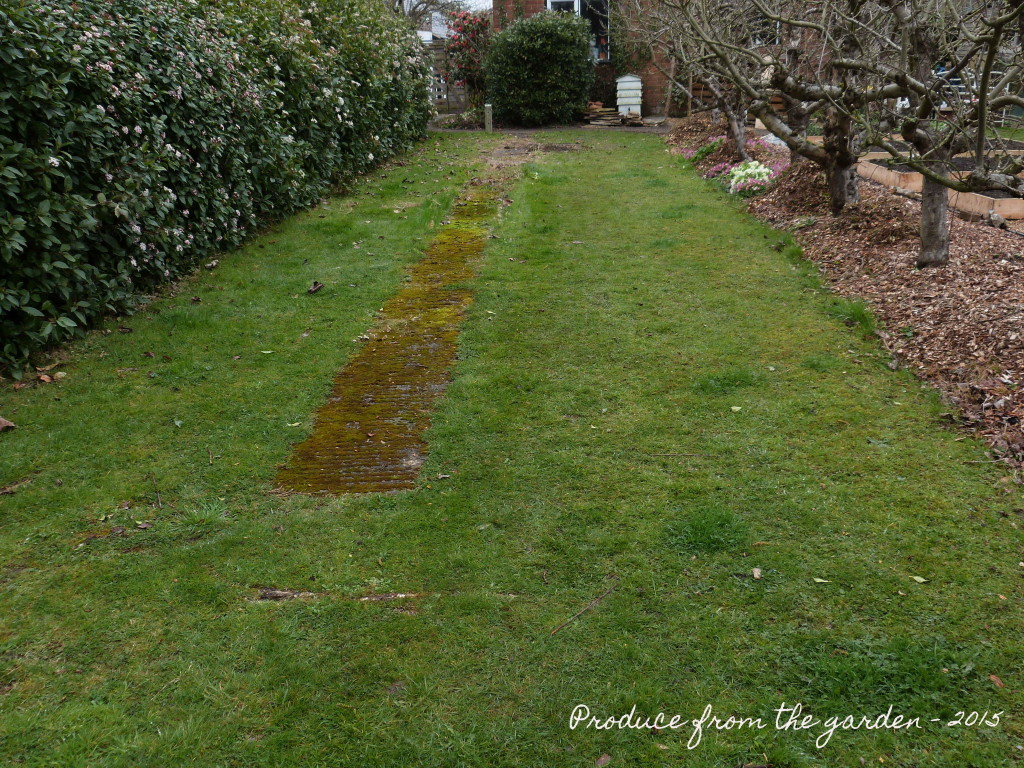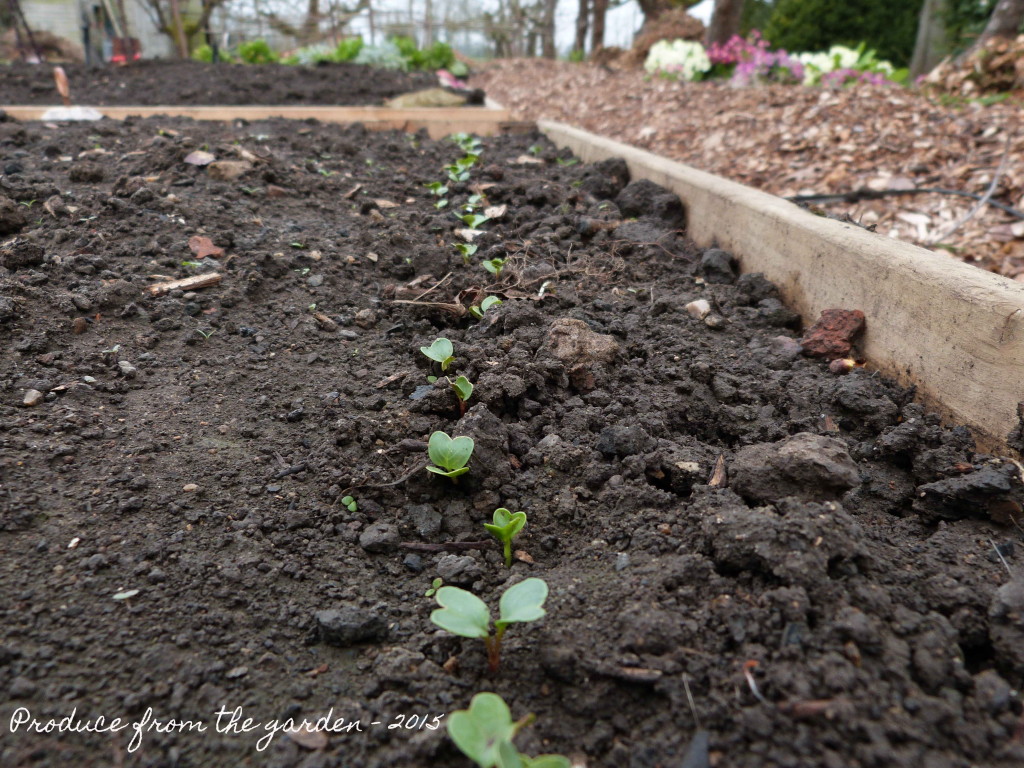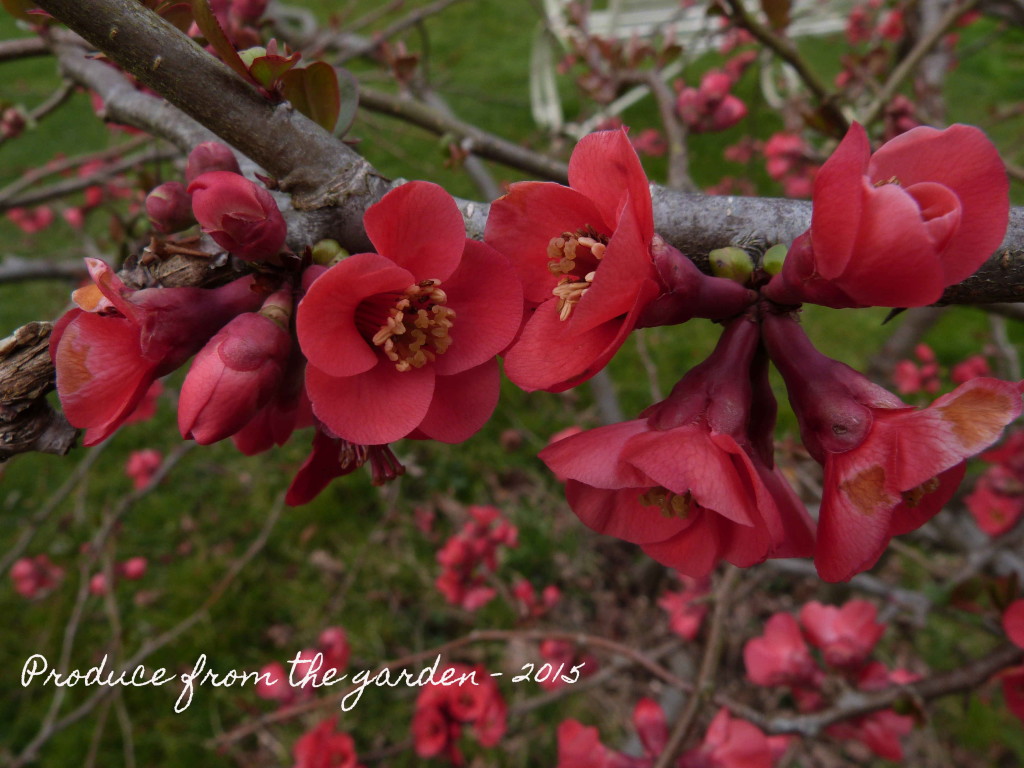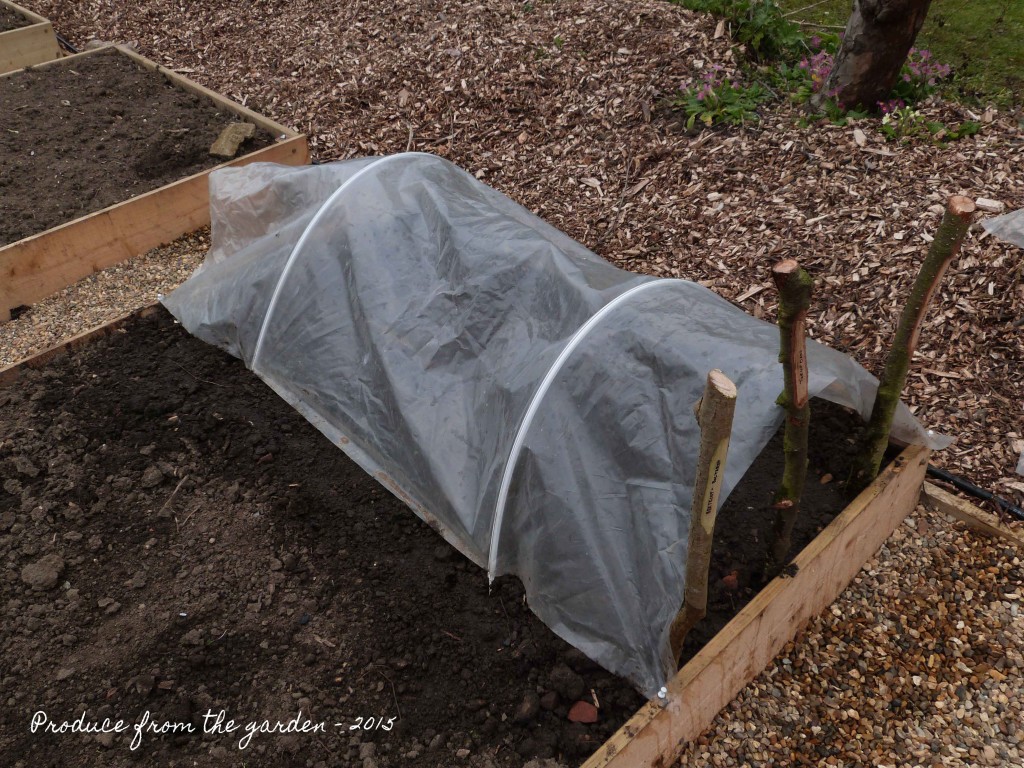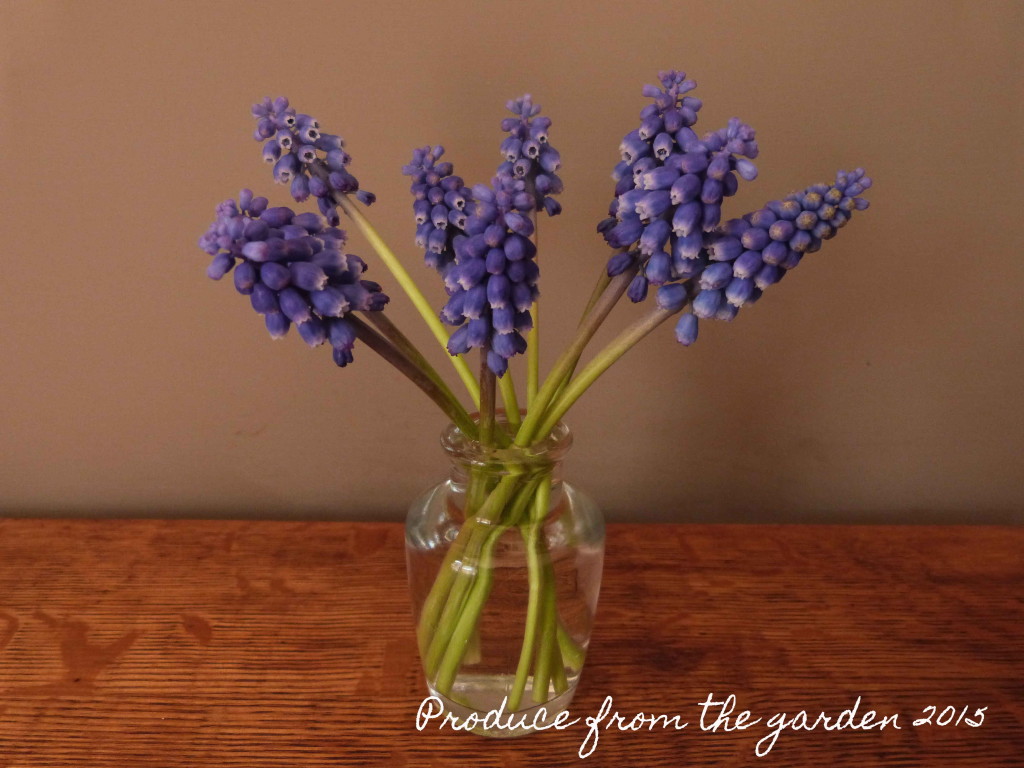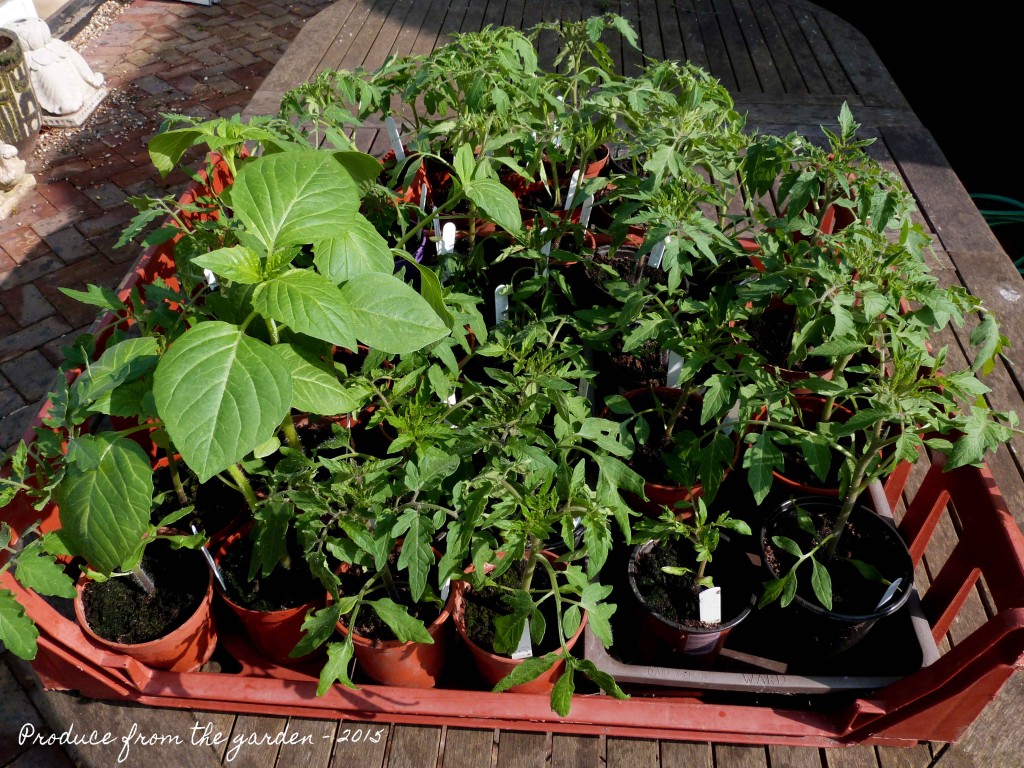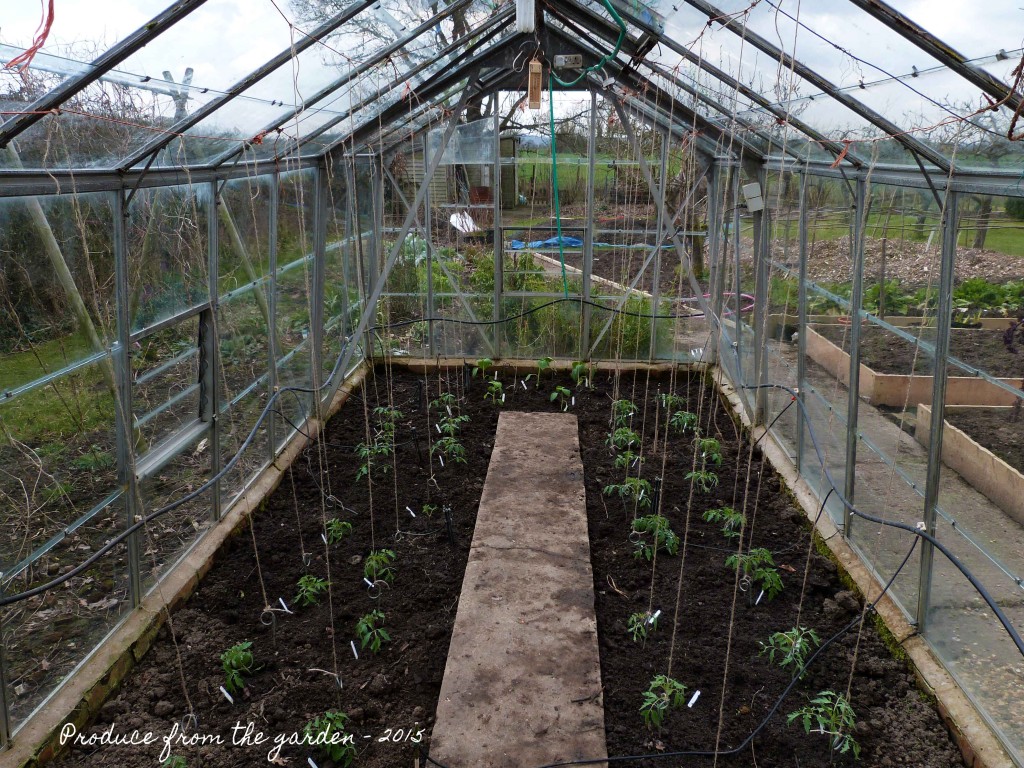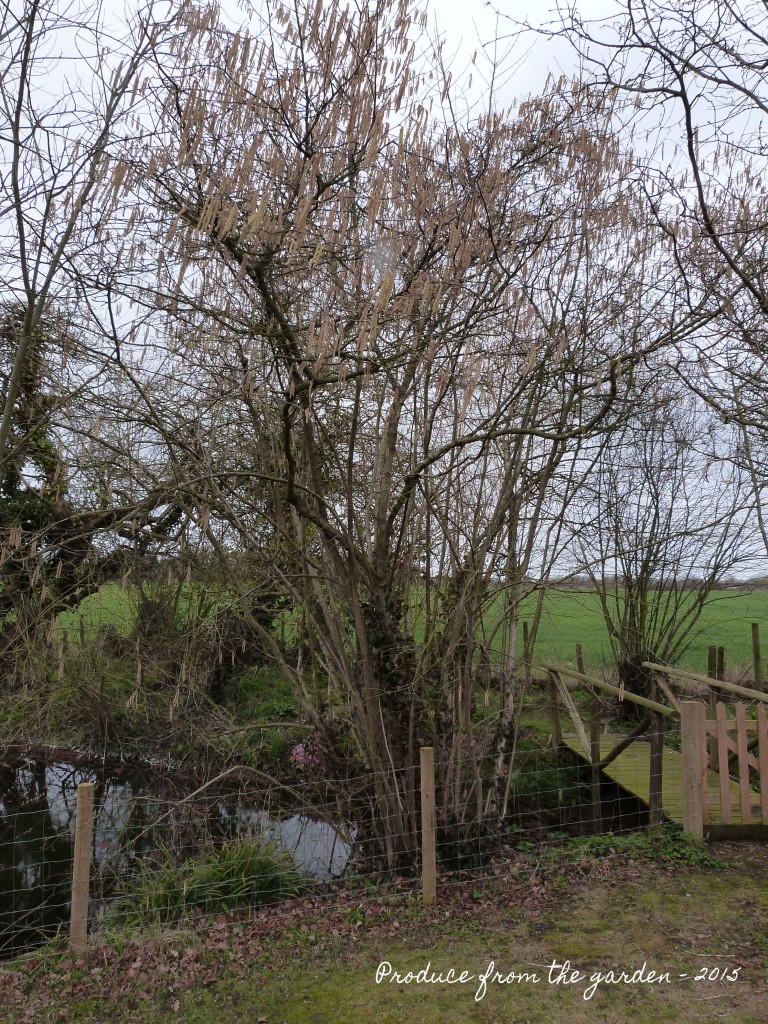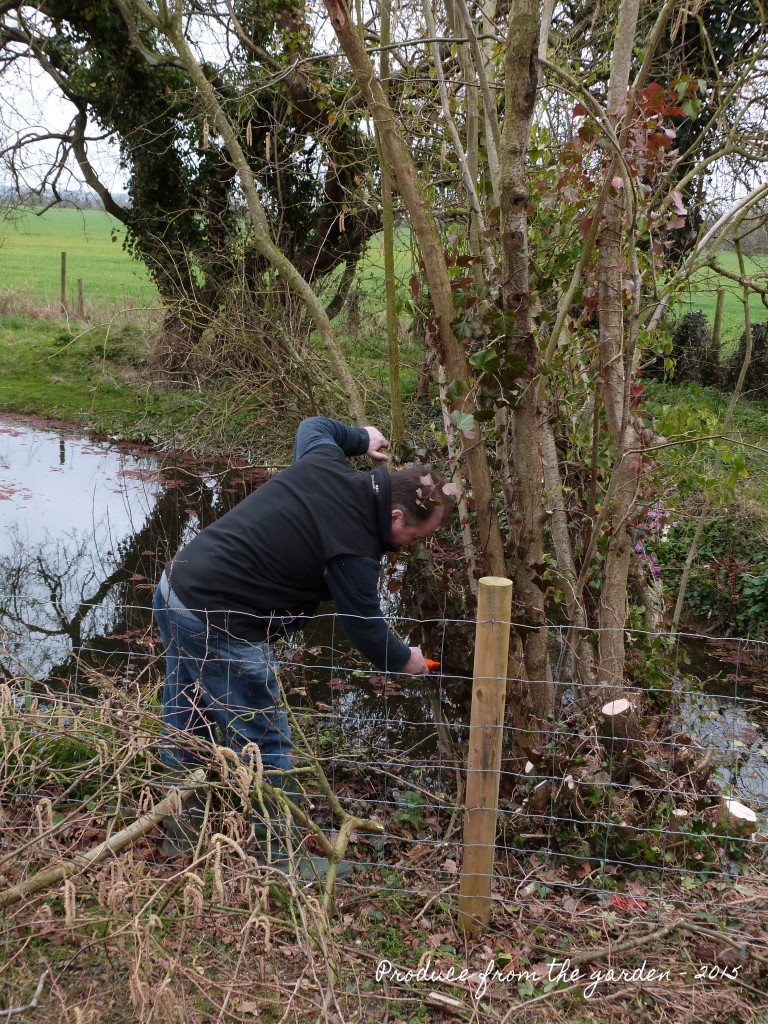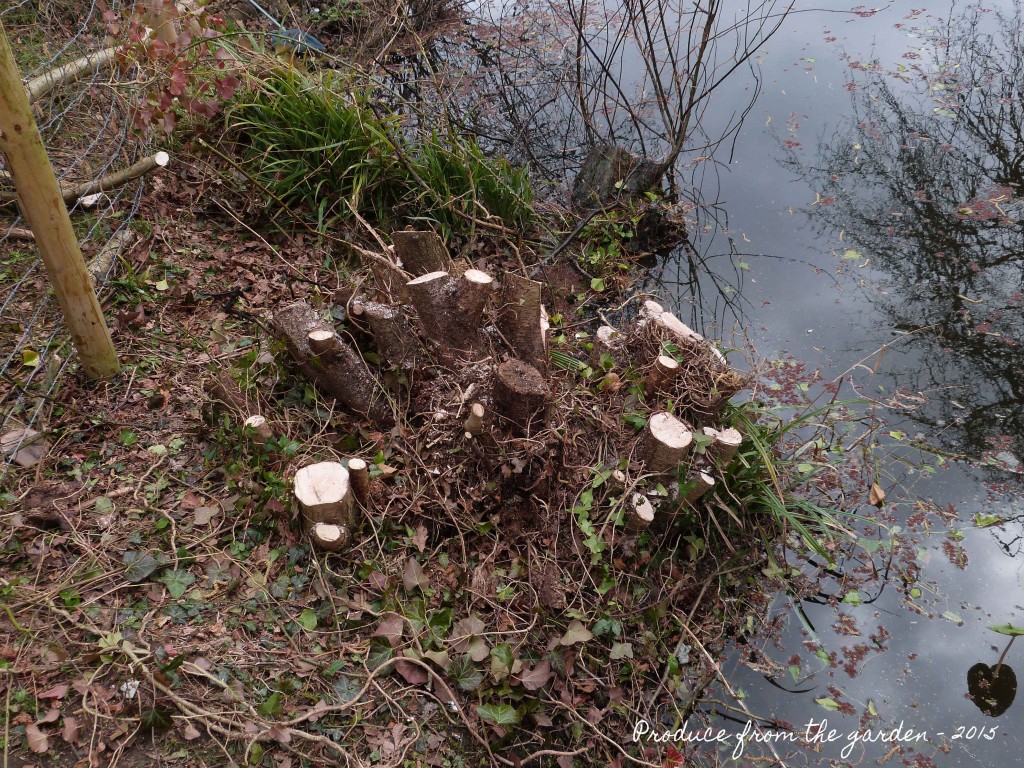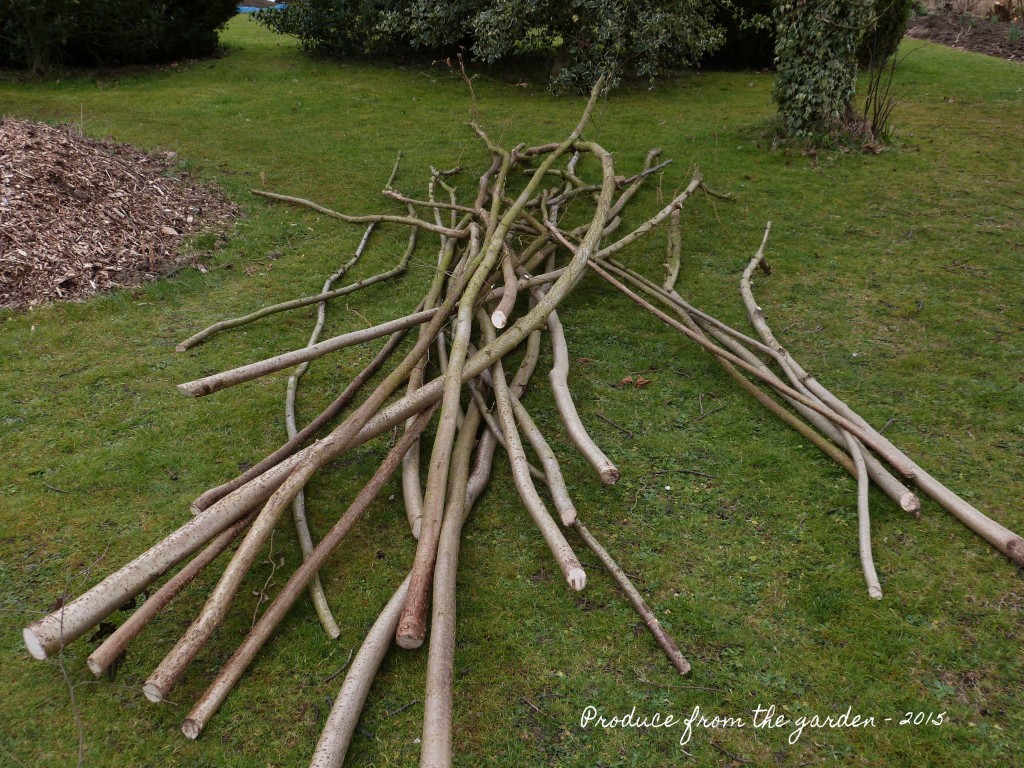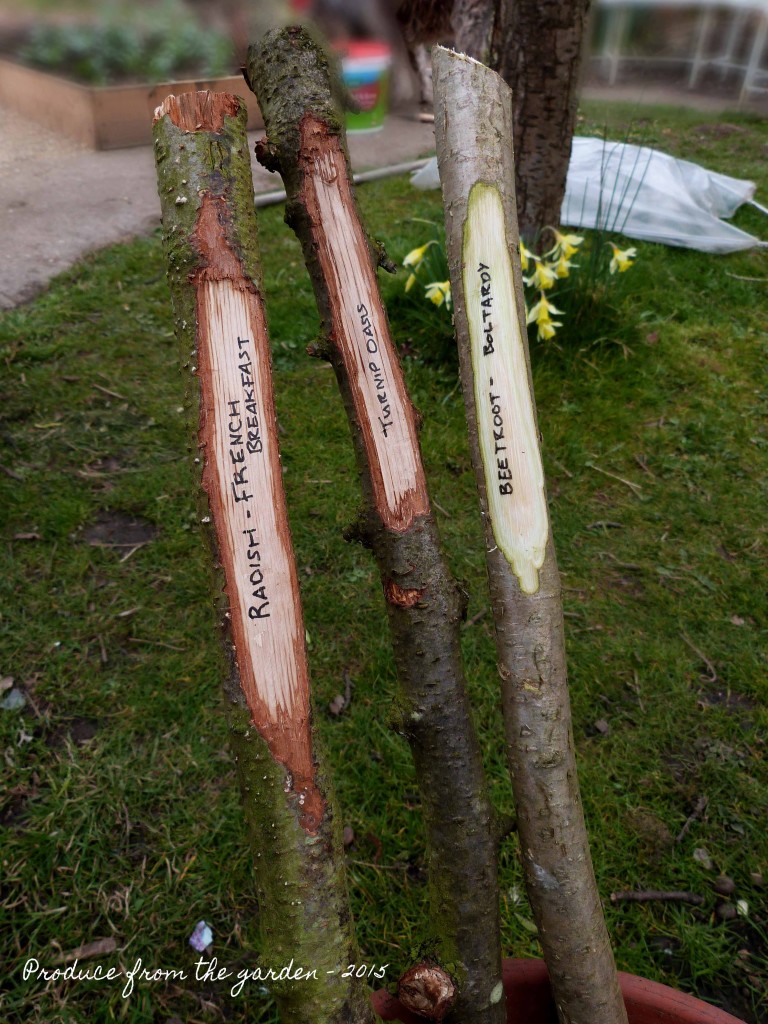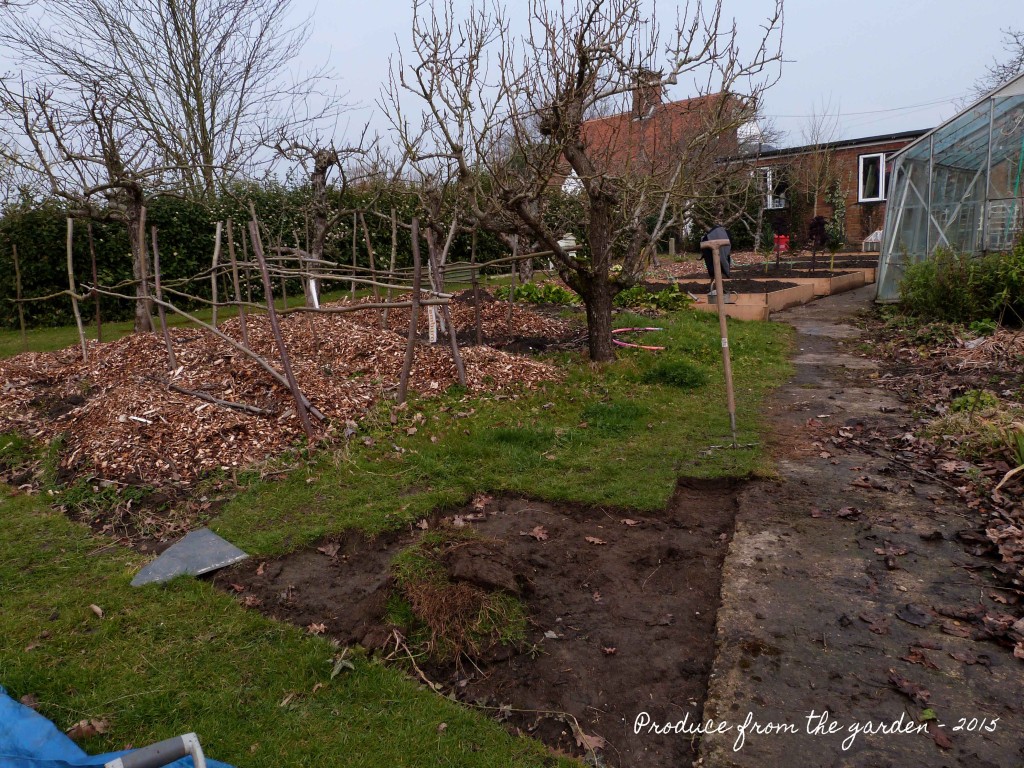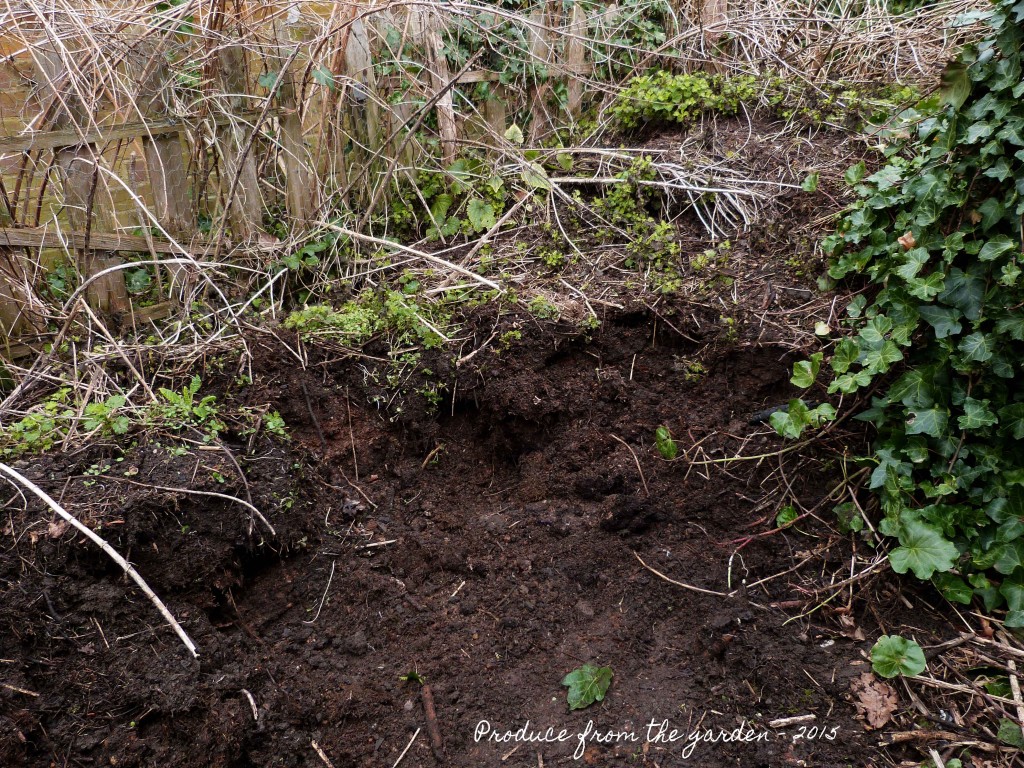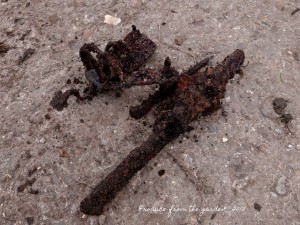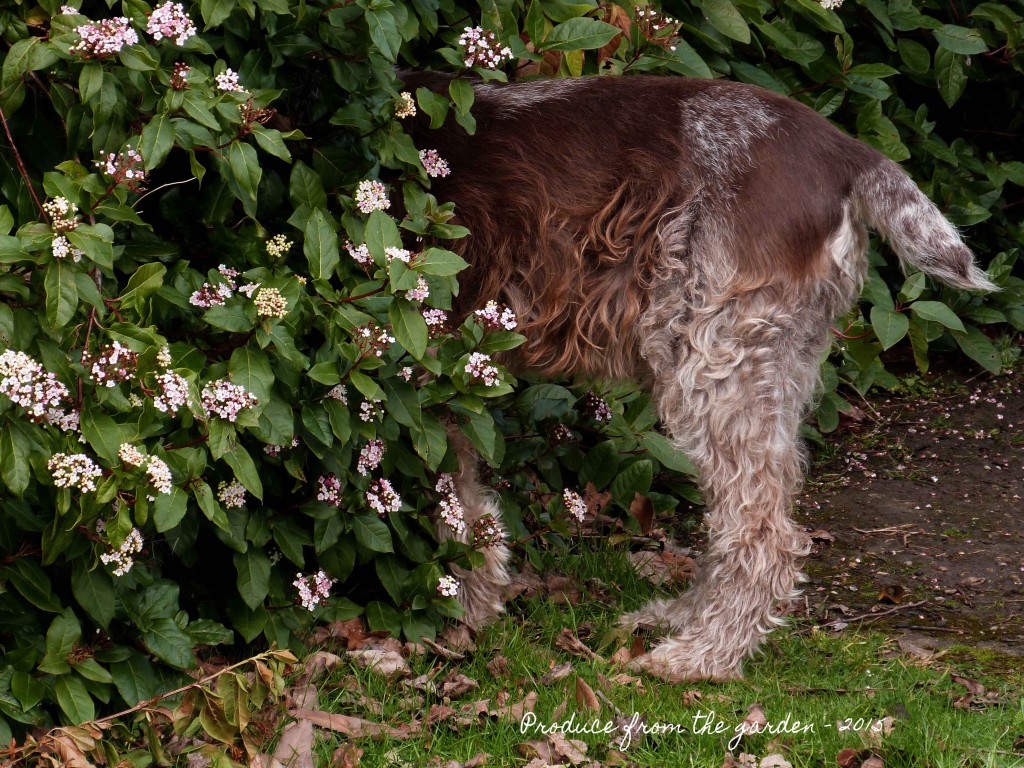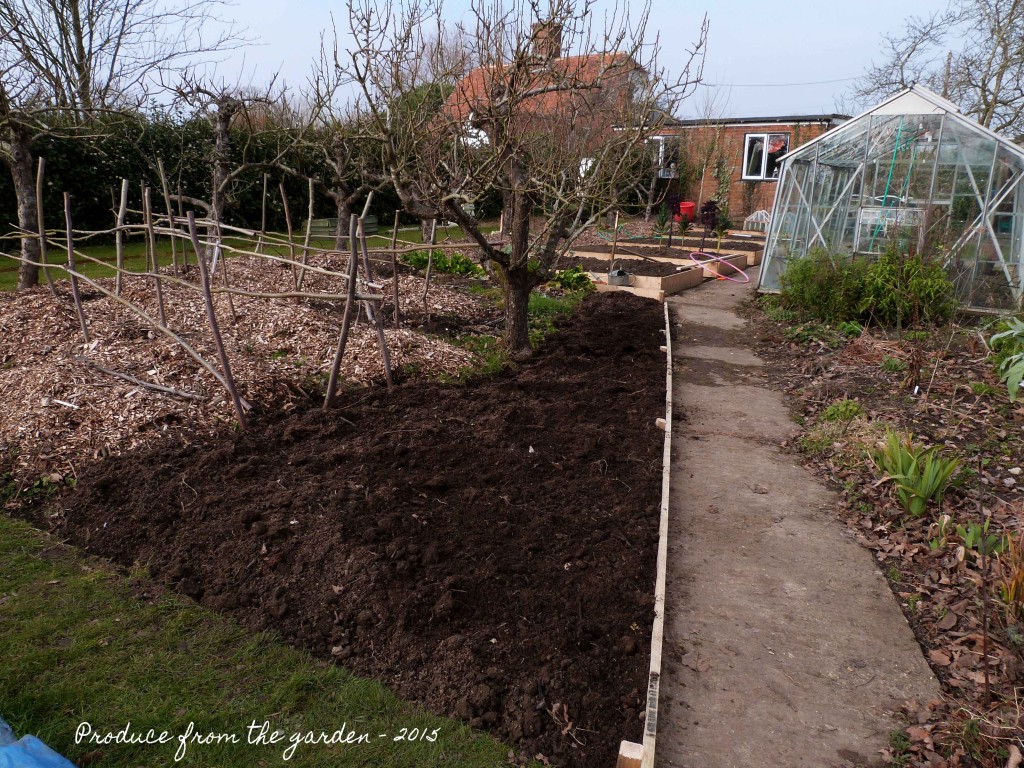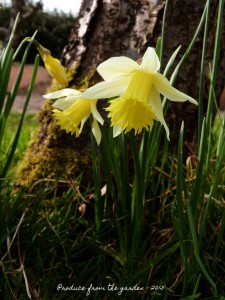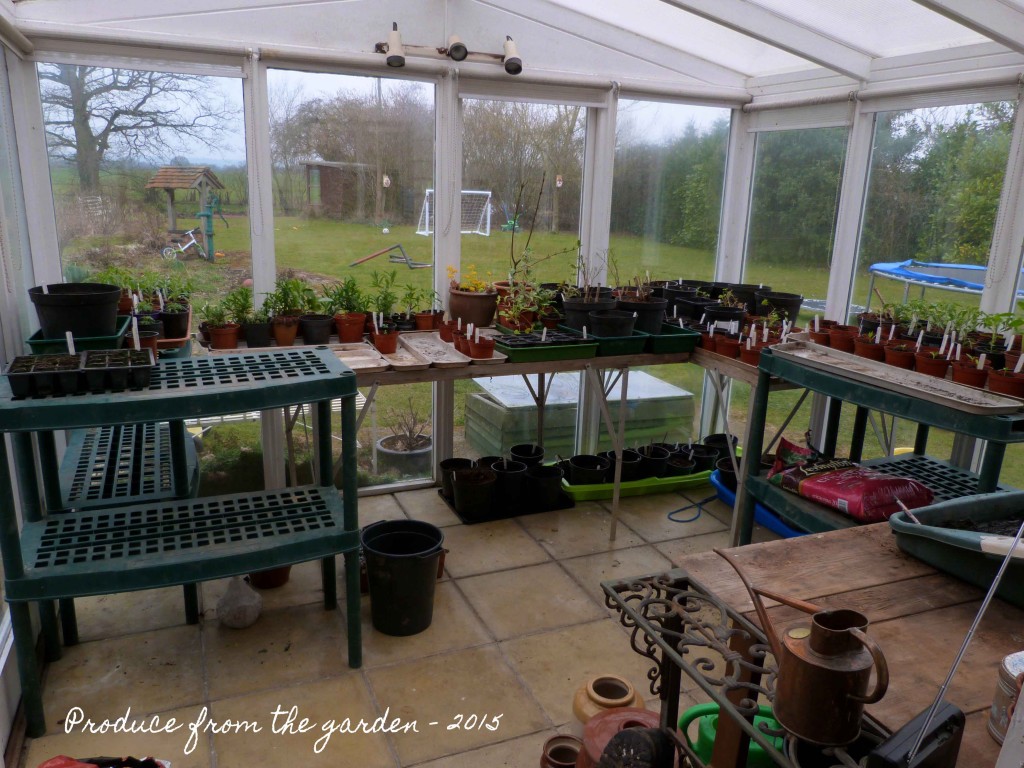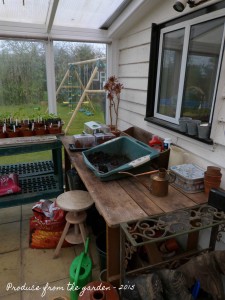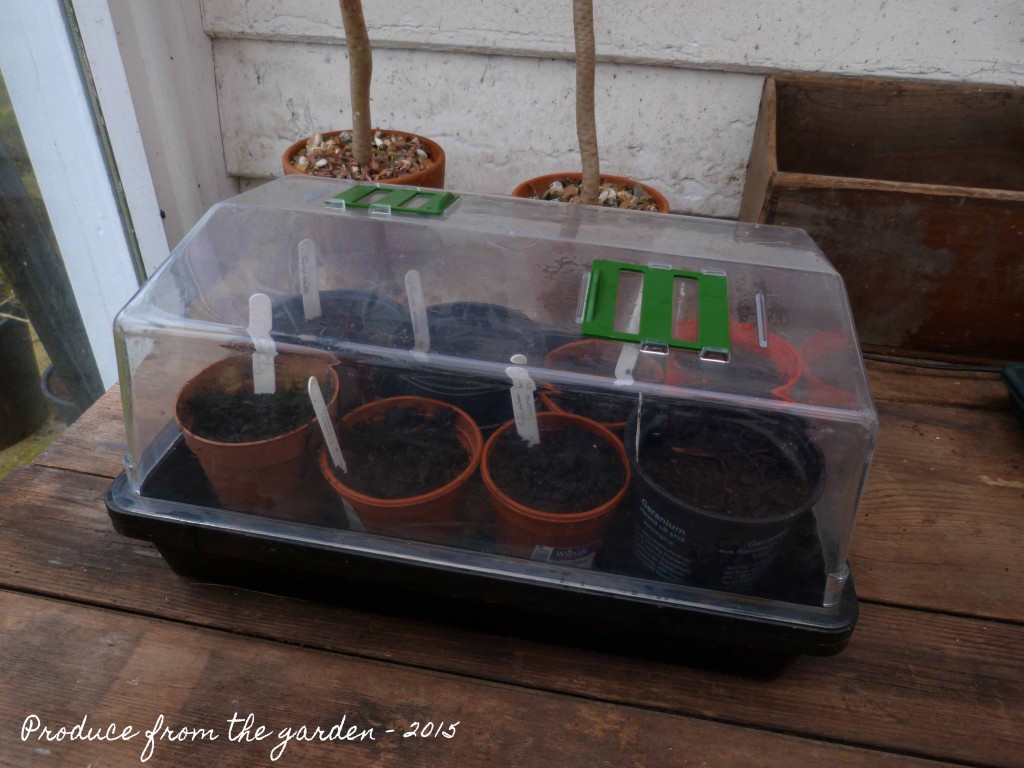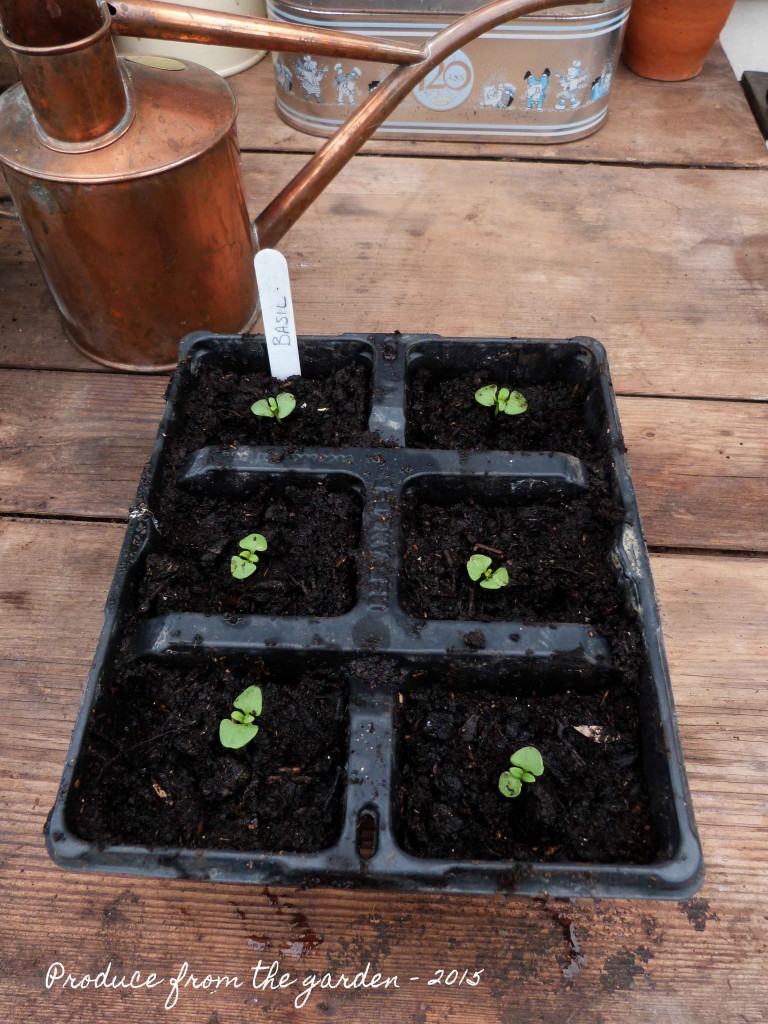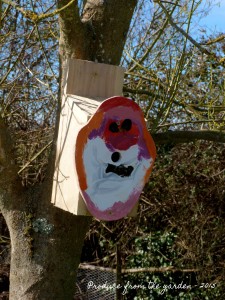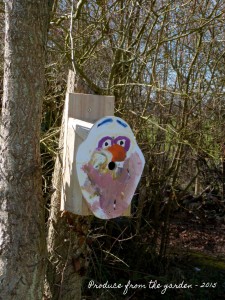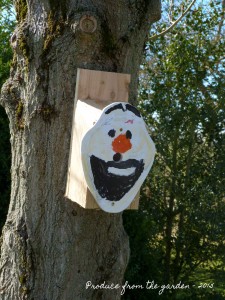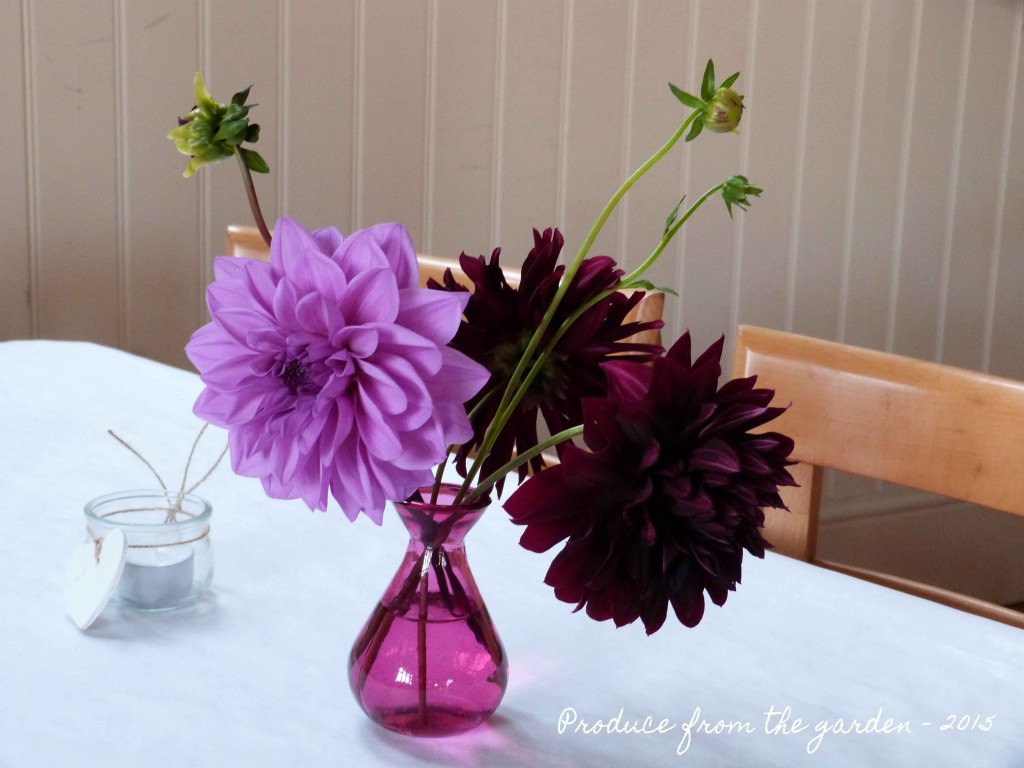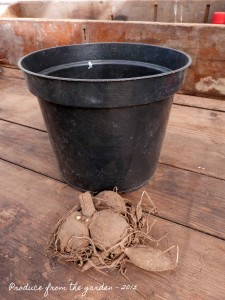On a cold, windy and damp Easter Saturday morning (not even my hardy youngest child lasted long outside), I constructed the raised cutting border frame. It was a quick and trouble free process, I think I’ve got the hang of making raised beds now, about time, it is my sixth this year! Whilst hammering stakes into the ground and fixing the planks of wood, I felt quite festive as the bleats of the new lambs carried on the wind from a few fields away. Filling the bed would have to wait a day, my children and I had a Simnel cake to make.
After our Easter lunch and Egg hunt, where I distressingly found mole hills, I settled into an afternoon of filling the new raised bed frame. 14 metres is a very long way. 14m x 1.2m is the size of my new cutting garden border. Sitting in my study surrounded by seed packets and planting plans, 14 metres was a fabulous idea. When it came to transporting soil and garden compost , 14 metres became a very long way. However, it was a beautiful sunny afternoon and all three of the kids turned up to help with their various garden accoutrements. I filled the bottom of the border with top soil left over from digging out the original veg patch, I then dusted this layer with fish blood and bone and quickly covered it with a layer of garden compost. Rolo my faithful hound loves fish blood and bone and if left alone will attempt to hoover it all up, resulting in a muddy mouth and in turn a muddy carpet indoors! In the coming days I will then sprinkle further fish, blood and bone (the more fertiliser my flowers get the better) over the compost and finish off with a layer of top soil.
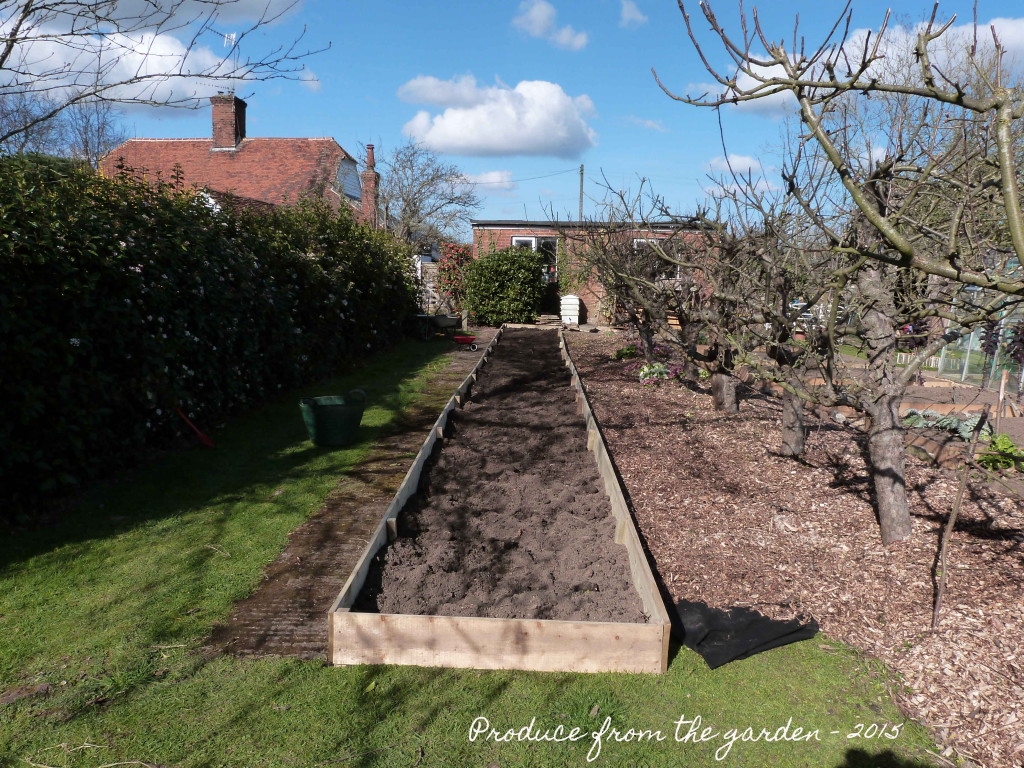 The border with the first layer of soil
The border with the first layer of soil
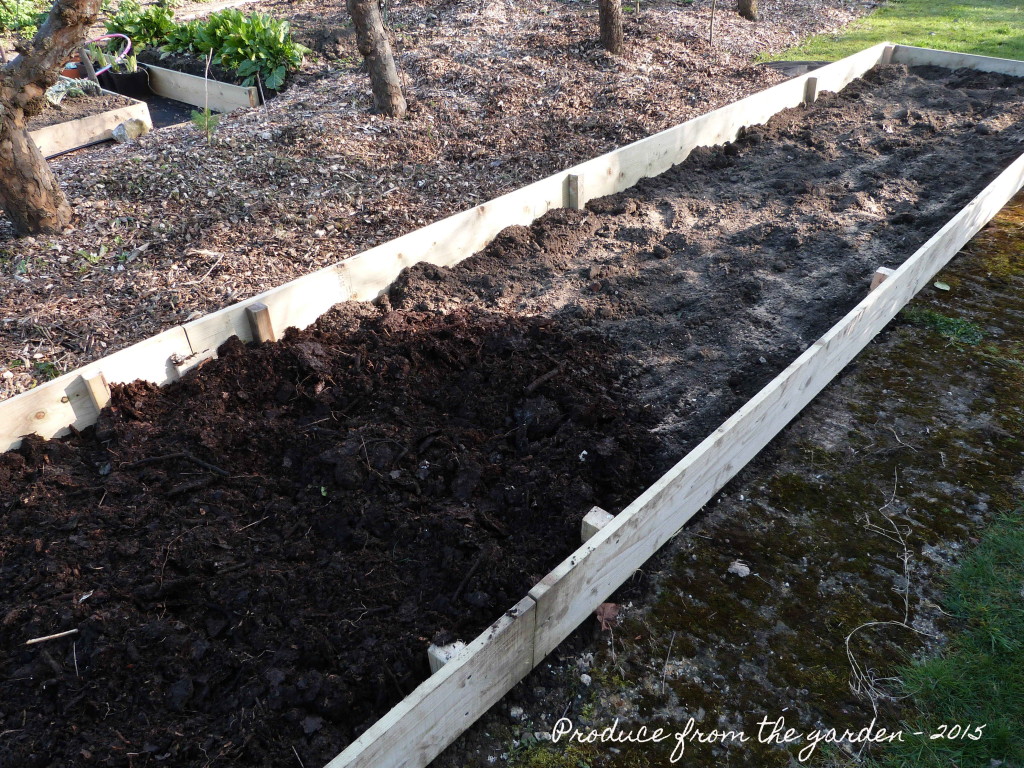 Top soil dusted with fish, blood and bone and the middle layer of garden compost
Top soil dusted with fish, blood and bone and the middle layer of garden compost
I have a theory behind this garden compost sandwich, in time the layers will mix together giving further enriched consistency to the soil, without the need to dig. I was keen to not mix in the garden compost on the top layer as it is quite course, I’m lucky to have well conditioned top soil which is the perfect structure for direct sowing hardy annual seeds. I’ll post completed pictures in the coming week.
